It is presented on a gilded wooden base with a pearl stripe. Very beautiful craftsmanship and very high quality of this 19th century white veined Carrara marble statue of Cupid.
Height with base: 59 cm.
Weight: 30 kg.
The original work, also known as "L'Amour menacer", was commissioned by Madame de Pompadour, whose plaster model was exhibited at the Salon of 1755. The marble statue, presented at the Salon two years later, adorns the gardens of the Hôtel d'Évreux, the future Élysée Palace, the Parisian residence of the Marquise.
The iconography is that of silent Love: seated on clouds, the mischievous Cupid asks for silence by drawing an arrow from his quiver.
Born into a modest family in Paris, Étienne Maurice Falconet began his career as an apprentice carpenter.
However, his talents for wood and clay sculpture quickly attracted the attention of Jean-Baptiste Lemoyne, who took him under his wing. For nearly ten years, Falconet perfected his craft in his master's studio.
Through François Boucher, he became close to the Marquise de Pompadour, an influential patron and favorite of Louis XV, who commissioned several works from him, including The Gardener, intended for the dairy at her Château de Crécy. His talent was recognized in 1754 with his sculpture Milon of Croton, which earned him a membership in the Royal Academy of Painting and Sculpture.
The works he exhibited at the Salons of 1755 and 1757, notably Menacing Love—commissioned by Madame de Pompadour—placed him among the most renowned sculptors of his time. This recognition opened the doors to the royal porcelain factory of Sèvres, where he directed the sculpture workshops between 1757 and 1766.
He played a major role in the success of the "Sèvres biscuit" porcelain sculptures left without enamel or decoration, and created more than 70 models of figures, highlighting feminine and childlike forms.
In 1766, recommended by Frédéric Melchior Grimm and Diderot, Falconet was invited to Saint Petersburg by Catherine II of Russia. He accepted the offer after the death of Madame de Pompadour and left his Parisian studio on the rue d'Anjou – nicknamed "the cottage" by Diderot.
In Russia, he devoted twelve years to the creation of the Monument to Peter the Great, an imposing equestrian statue. However, tensions with the imperial court led him to leave the country for the United Provinces, before returning to France. Back in Paris, he was appointed rector of the Royal Academy of Painting and Sculpture.
There he created several masterpieces, including Moses and David for the church of Saint-Roch, The Grape Eaters, The Flute Lesson, Pygmalion, Alexander, Winter, and Melancholy.
In 1780, he was replaced by Charles-Antoine Bridan as professor of sculpture.
Falconet was also a theoretician of his art. He translated and annotated passages from Pliny the Elder's Natural History on painting and sculpture, and wrote several works on the history of art in Antiquity and his own time. Diderot entrusted him with the writing of the article "Sculpture" for the Encyclopedia. In 1761, he published his Reflections on Sculpture, followed by other writings collected in six volumes from 1781.

























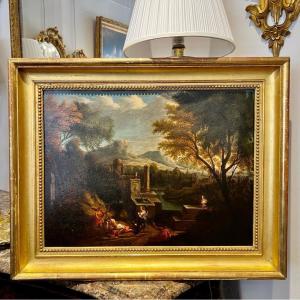


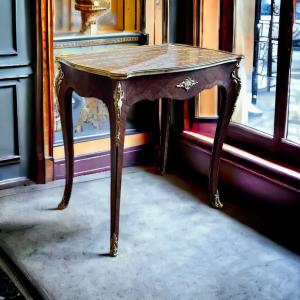

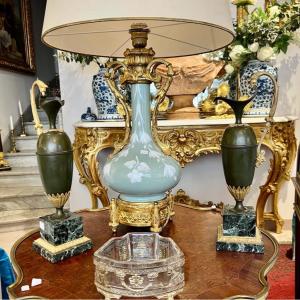
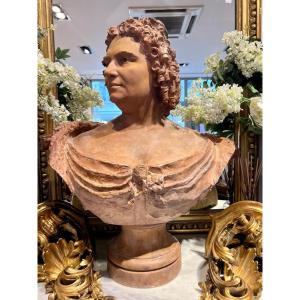

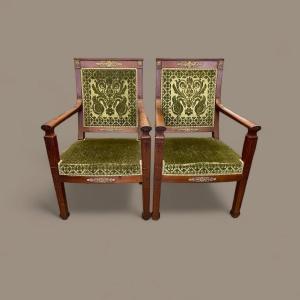







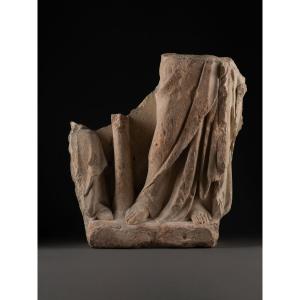






 Le Magazine de PROANTIC
Le Magazine de PROANTIC TRÉSORS Magazine
TRÉSORS Magazine Rivista Artiquariato
Rivista Artiquariato